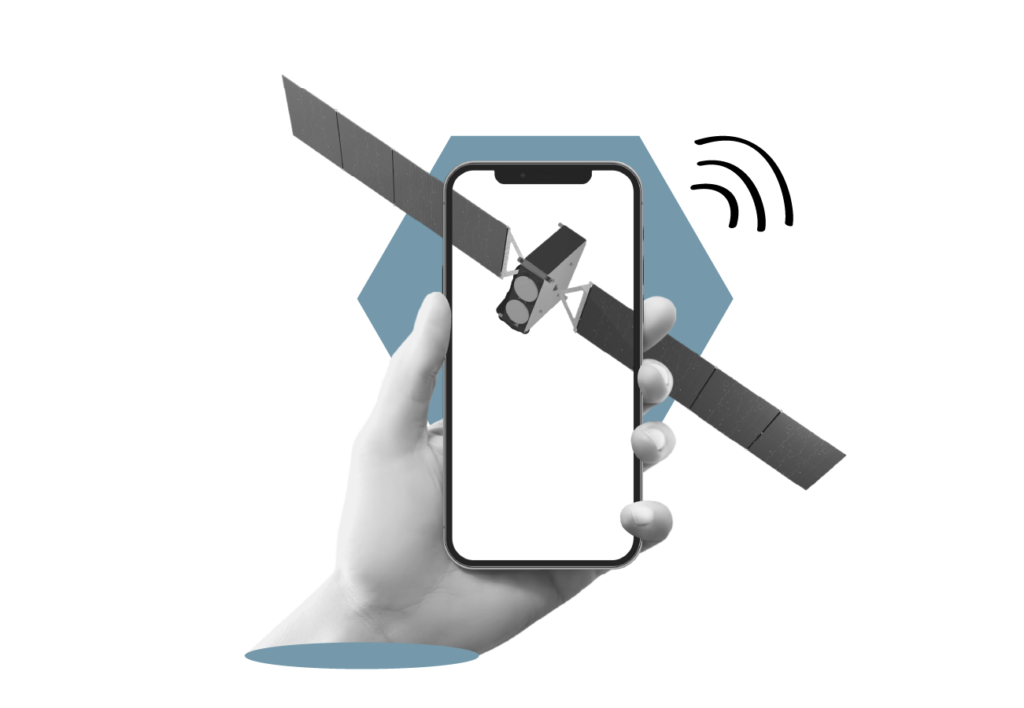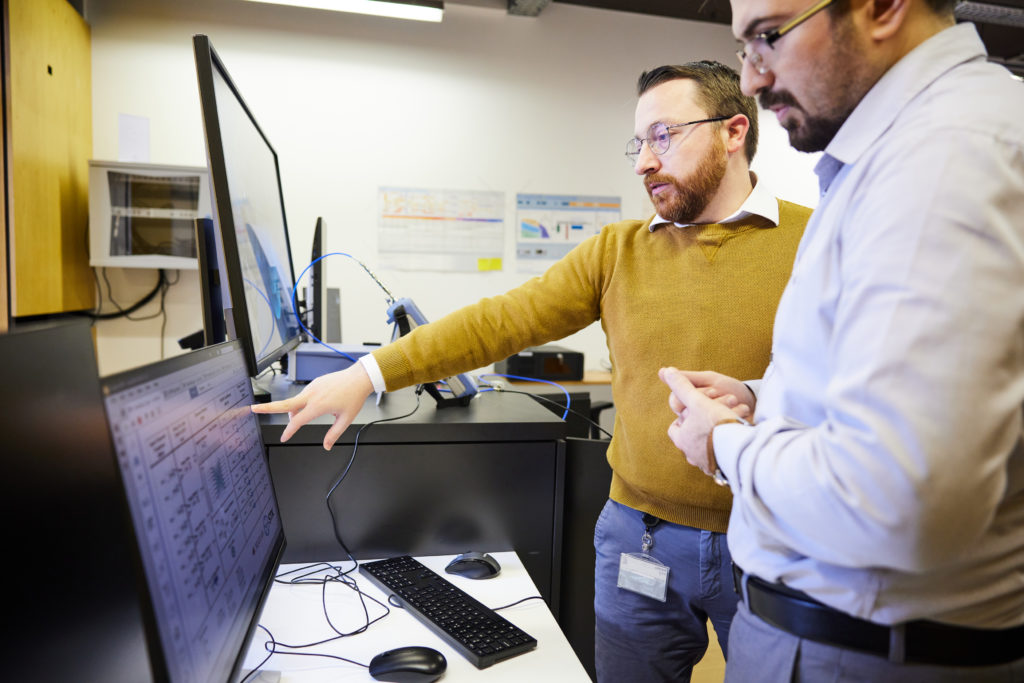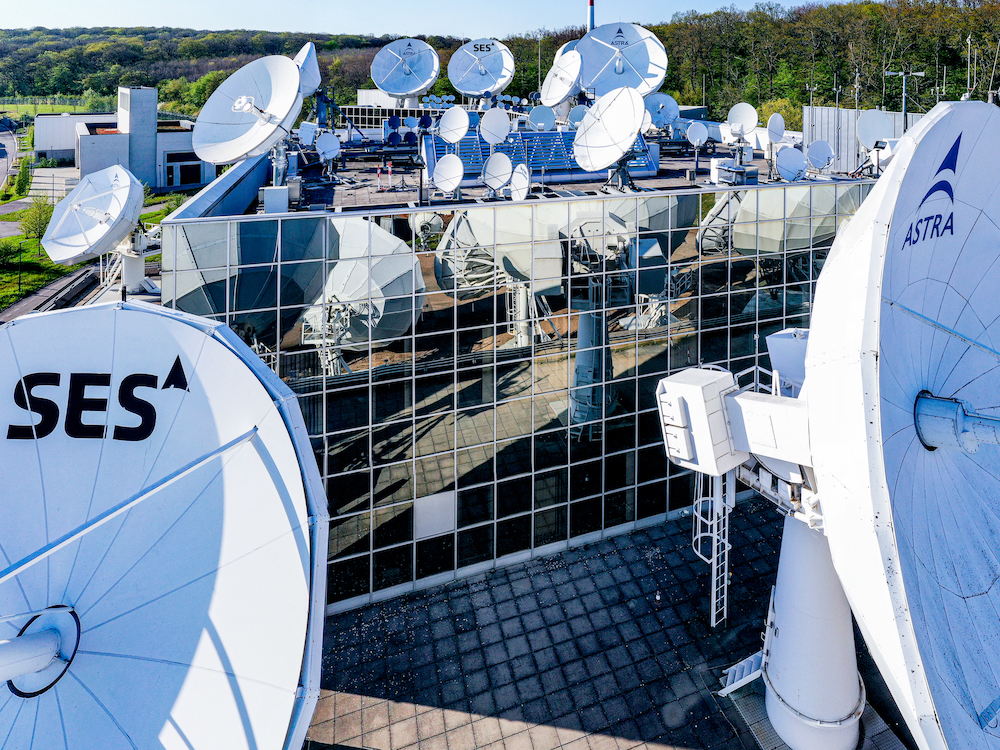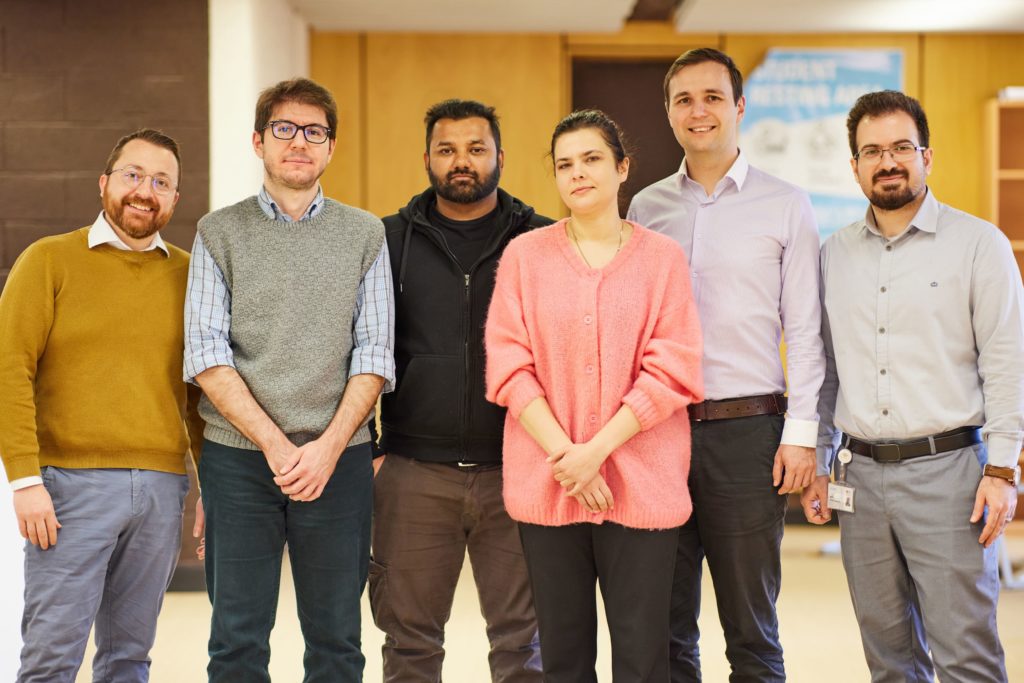
The classic economics of supply and demand have stunted the roll-out of internet infrastructure around the world, leaving 2.9 billion people still unconnected today. Addressing this challenge has been the remit of public policy makers, corporations, and researchers for decades.
On Earth, connectivity is defined by the boundaries of physical networks made of towers or cables. This means that where there is not enough demand because of sparse populations in remote areas, the business case for building the infrastructure isn’t there. Satellites are not constrained by these same terrestrial realities, having the capacity to deliver an equality of service across the world from their orbits above the Earth. This has made the idea of connecting end-user devices like laptops and phones to the internet directly via satellite compelling. But the technical challenges involved in achieving this utopian vision made it just that, a hope for one day in the future.

That day is now closer thanks to the collaboration between Luxembourg-based company SES, the leader in global content connectivity solutions, and the University of Luxembourg’s Interdisciplinary Centre for Security, Reliability and Trust (SnT), exploring direct 5G connections via satellite. The waveform of 5G can travel the distance to satellites, unlike 3G or 4G, making it feasible to consider connecting user equipment (UE) like phones and laptops to a satellite. With the roll-out of terrestrial 5G now the question is how to harness the opportunity of 5G to satellite and make it technically possible to use radio spectrum in this way.
Working with SES, the Signal Processing and Communications (SIGCOM) group at SnT has done this, making it the latest success of SnT’s world-leading research group in satellite communications. For ten days in October, the project team used capacity on SES’s satellites to do real-world testing of the 5G to satellite protocol that they have developed. During the demo, the 5G GOA project, supported by the European Space Agency in the framework of the Artes Program, validated functionalities like YouTube streaming, voice calls, and file transfer via a 5G connection to the satellite. This makes it the first ever proof-of-concept of this type of connection.
“This project is the latest outcome of our long-running partnership with SnT that enables our technical teams to come up with and test innovative solutions.”
Jean-Pierre Choffray, SES Tweet

“We connected a commercially available software-defined radio, which is roughly the size of a shoe box. So, to replicate this connection in a phone there needs to be innovation on the hardware side,” said Dr. Sumit Kumar, member of SIGCOM and of its 5G-GOA research team. “Seeing a user device like an off-the-shelf phone or tablet establish a broadband internet connection directly via satellite will still take some time, but this proof-of-concept demonstrates that it is possible, paving the way for further research and technology development.”
The 5G GOA project is only one of many 5G projects that SES and SnT collaborate on. Since 2010, SnT and SES have been partnering on research in the domain of next-generation satellite technologies. Together they have worked on the Fonds National de la Recherche (FNR) funded projects in the BRIDGES and IPBG programmes, among other initiatives. They have also collaborated on other projects with the European Space Agency (ESA), EC’s H2020 and on national 5G testbed programmes. Continuing the research started in the 5G GOA project underlines the partnership’s commitment to 5G technology, and how it can integrate satellite systems into terrestrial networks seamlessly.
“As the leader in global content connectivity solutions, SES has the expertise and vision to further enable innovative developments for 5G.”
Dr. Jorge Querol, SnT Tweet

“This project is the latest outcome of our long-running partnership with SnT that enables our technical teams to come up with and test innovative solutions,” said Jean-Pierre Choffray, VP Systems Engineering at SES. “The next step will be to look into optimising the waveform to minimise the amount of spectrum that is used on the satellite. This is crucial for making such a technology really scalable and viable.”
“We are very satisfied with the outcome of the project already. 5G is a revolutionary jump in terms of technology and performance of the networks, thanks to integration of the non-terrestrial network,” said Dr. Jorge Querol, the project’s lead at SnT. “As the leader in global content connectivity solutions, SES has the expertise and vision to further enable innovative developments for 5G.”
In a world with 2.9 billion people still unconnected, the potential impact of making next-generation networks more accessible is boundless.